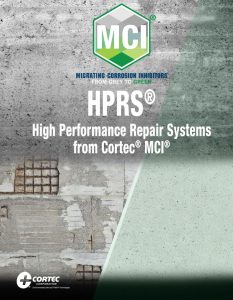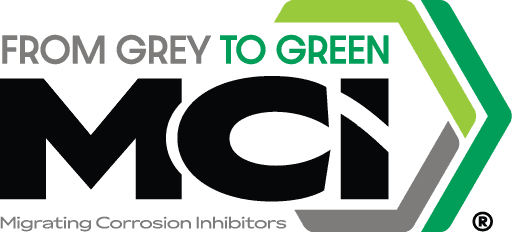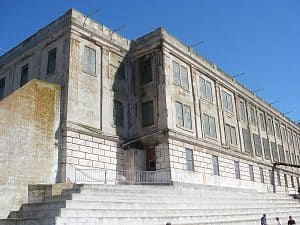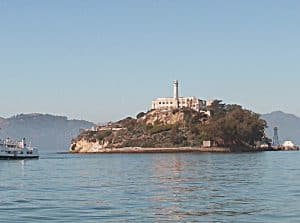

Cortec® is pleased to announce a fresh new look to its MCI® HPRS® brochure! The acronym HPRS® stands for “High Performance Repair Systems,” which use MCI® Technology to enhance the durability of concrete repairs. By following the recommendations of the updated MCI® HPRS® brochure, engineers, contractors, and DOTs can take a path to longer lasting repairs and extended concrete structural service life.
Enhance Concrete Repair Durability
The MCI® HPRS® brochure starts with a brief overview of MCI® Technology, centered on the action of Migrating
Corrosion Inhibitors. These are able to diffuse throughout concrete pores in liquid and/or vapor form to protect anodic and cathodic areas of embedded metal reinforcement. MCI® forms a protective molecular layer on metal surfaces and significantly reduces corrosion rates, leading to a longer service life for the structure.
Combat the Ring-Anode Effect
Next, the brochure explains how MCI® evens out the corrosion potential between areas of new and old concrete to combat the insidious ring-anode effect. This problem arises because of the relatively higher pH and resistivity of new patch areas compared to old concrete. The difference in corrosion potential causes corrosion to accelerate in concrete adjacent to the repair. MCI® migrates to these surrounding areas to minimize the halo effect.
Concrete Repair Instructions
After a brief description of each HPRS® component, the brochure lists updated step-by-step instructions on how to include MCI® in
a concrete repair:
1. Prepare the Substrate
2. Treat and Clean Rusted Rebars
3. Application of Repair Materials
4. Surface Applied Corrosion Inhibitor Application
5. Final Coating
Each step identifies which HPRS® components should be used and where it should be applied after the substrate has been properly prepared in Step 1. For example, CorrVerter® MCI® Rust Primer is recommended for passivation of rusted rebars under Step 2. Step 3 summarizes the use of MCI®-2039 repair mortar for horizontal repairs, MCI®-2040 repair mortar for vertical and overhead repairs, and MCI®-2044 concrete mix for
form and pour applications. Step 4 identifies two surface applied corrosion inhibitor options—either MCI®-2020 as a pure corrosion inhibitor for extra protection on the cured patch, or a two-in-one MCI® water repellent / surface applied corrosion inhibitor for repairs where no membrane or coating system will be used. Step 5 recommends MCI® EcoRainbow® Architectural Coating as a final coat over surface applied corrosion inhibitors to seal out water and carbonation while providing a great finished look.
Implement the Latest MCI® HPRS® Strategy
Ultimately, concrete repair is a necessary fact of life. Fortunately, contractors, DOTs, and engineers can go a long way toward maximizing the durability of their concrete repair through strategic use of the tips and materials outlined in the latest MCI® HPRS® brochure.
Browse the updated brochure today for fresh ideas: https://www.cortecmci.com/wpcontent/uploads/2022/01/HPRS_01-2022_red.pdf
Keywords: Cortec, MCI, concrete repair, ring anode effect, halo effect, rusted rebar, repair mortars, water repellents, surface
applied corrosion inhibitors, Migrating Corrosion Inhibitors
Need a High-Resolution Photo? Visit: www.cortecadvertising.com
For a PDF version please click here.




